Falling ill can be a challenging time, and the last thing you might be thinking about is cleaning your home. However, it’s essential to take the necessary steps to sanitize and clean after someone in your home has been sick to ensure flu germs and other viruses don’t continue to spread.
In this article, we’ll guide you through some effective strategies to clean your home after recovering from an illness.
During times of sickness, your home can easily become contaminated with germs, affecting the health of your entire household. It’s more crucial than ever to pay attention to the surfaces and objects you come into contact with to prevent the lingering illness from compromising your loved ones’ well-being.
By following a thorough cleaning routine, you can restore your home to its pre-sickness state and enjoy a healthier environment.
To achieve a comprehensive post-illness cleanup, you’ll need to focus on specific areas and items that are most likely to harbor germs. These include frequently touched surfaces, such as doorknobs, light switches, and electronic devices, as well as personal belongings like bedding and towels. By targeting these essential areas and using the appropriate cleaning products and techniques, you’ll reduce the risk of recurring germs and keep you and your family safe.
How To Clean After Being Sick
Here are The Basic Steps To Clean After Being Sick
- Disinfect high Touch Surfaces
- Sanitize Personal Items and Shared Spaces
- Clean Laundry and Linens
- Products and Techniques A Sick-Free Home
- Maintain A Healthy Environment
*This post contains affiliate links. Full disclosure here.
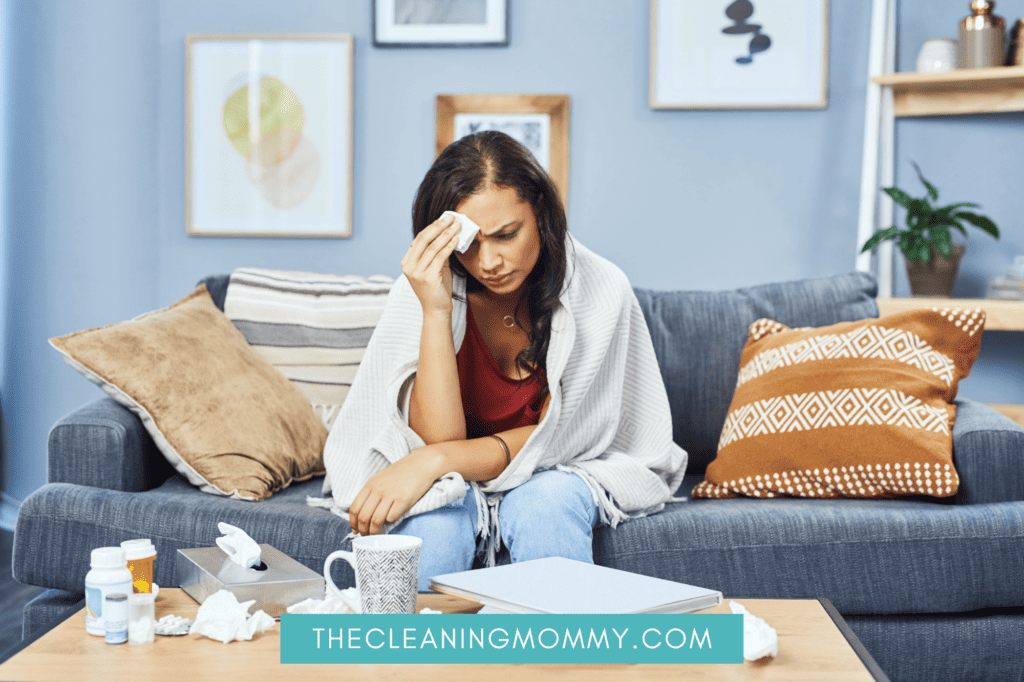
Understanding the Importance of Cleaning After Being Sick
Containing the Spread of Germs
Cleaning and disinfecting your home after being sick is crucial to prevent the spread of germs, bacteria, and viruses. When you or someone in your household has been ill, these contaminants can linger on surfaces and be easily transferred to another family member.
By taking the time to thoroughly clean and disinfect commonly touched surfaces, you can significantly reduce the risk of transmitting the infection to other members of your household.
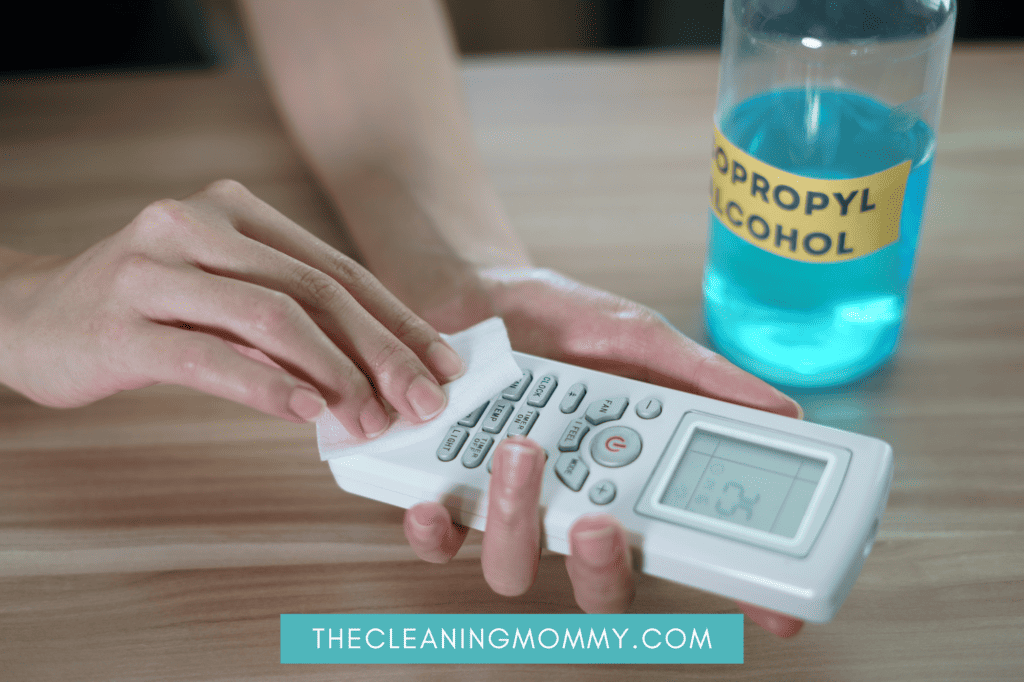
Protecting Yourself and Your Family
To ensure that your home is rid of these potential hazards, you want to clean high-touch areas such as doorknobs, light switches, bedside tables, and countertops. Focus on spaces where the sick person has been and the items they’ve touched, wear gloves, and wash your hands thoroughly after cleaning.
When cleaning, use products labeled as disinfectants, such as 3M’s EPA-approved TB Quat Disinfectant Ready-to-Use Cleaner, to effectively kill germs and viruses. It’s also important to properly clean and sanitize personal items like bedding and towels, as well as frequently-used electronics like phones and remote controls.
Cleaning and Disinfecting High-Touch Surfaces
In this section, I will discuss the proper ways to clean surfaces and disinfect high-touch areas in your household.
Door Knobs and Door Handles
There are certain household areas that are touched by everyone on a daily basis such as doorknobs and door handles. Also cabinet knobs in both the kitchen and bathrooms should be done as well as fridge handles and other appliances.
To clean and disinfect them properly, first wipe them down using a soapy cloth or sponge. Then, apply a disinfectant spray or solution, such as a mixture of water and hydrogen peroxide, or a bleach solution.
If you prefer to use disinfecting wipes, this a good area to use them. Allow the disinfectant to sit for the recommended time before wiping it off.
Light Switches
Light switches are another high-touch surface that should be regularly cleaned and disinfected. Start by turning off the power to the switches just in case. Then, gently wipe the switch and surrounding plate with a cloth dampened with soap and water, followed by applying a disinfectant wipe or spray. Make sure to let the disinfectant sit for the required time before wiping it away.
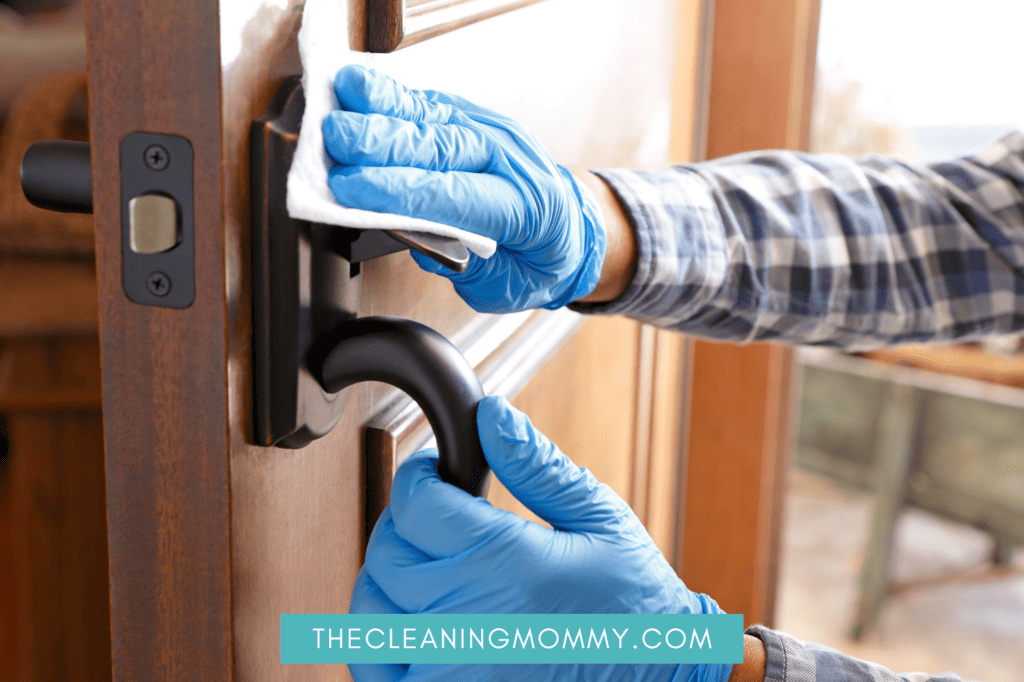
Remote Controls and Cell Phones
Remote controls and cell phones can harbor germs, as they are frequently handled by multiple people. To clean and disinfect a remote control, remove the batteries and wipe the entire surface with a cloth or sponge dampened with soapy water. Use a disinfectant spray on the surface, ensuring full coverage.
Be very careful with cell phones that no liquid can get into the phone. Allow the disinfectant to sit for the recommended time, then wipe it off and reinstall the batteries.
Kitchen Countertops
Kitchen countertops are prone to accumulating bacteria and viruses, particularly when you prepare food. To properly clean and disinfect your countertops, first remove any debris and wipe them down with a soapy cloth or sponge. Then, apply a good disinfectant solution or spray, ensuring complete coverage. Leave the disinfectant on for the recommended time, then wipe it away with a clean cloth. It is imperative to get your kitchen clean after being sick.
Bathroom Surfaces
Hot spots like bathroom surfaces, such as faucets, sinks, and drawer handles, require proper cleaning and disinfection to prevent the spread of illness. Start by wiping down these surfaces with soapy hot water. Then, apply a disinfectant cleaning solution, spray or use disinfectant wipes, making sure to completely cover the surface. Allow the disinfectant to sit for the required amount of time before wiping it off with a clean cloth.
If this is possible, have the person use a different bathroom than everyone else, thsi way you can isolate where most of the germs are going. Make sure to clean bath rugs, any garbage cans in the bathroom or beside the persons bed.
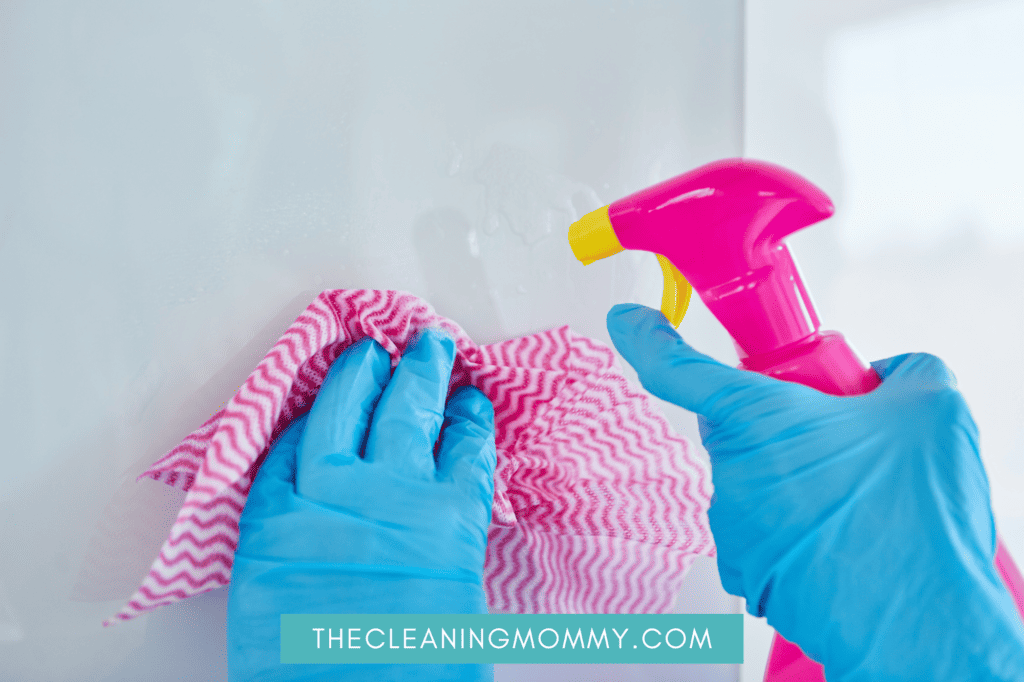
Sanitizing Personal Items and Shared Spaces
Sheets, Bedding, and Towels
When someone has been sick, make sure to wash sheets, pillowcases, and other bedding in hot water and detergent, and dry on high heat if possible. Wash towels separately, using the warmest setting recommended by the manufacturer. Make sure you set the high heat setting on the dryer to continue to sanitize these items.
Use disposable gloves when handling the laundry of a sick person, and discard the gloves after each use. Remember to wash your hands thoroughly with warm water after handling dirty laundry.
Toothbrushes and Personal Care Items
It’s a really good idea to replace your toothbrush after you’ve been sick. Alternatively, you can disinfect your toothbrush and toothbrush holder by soaking it in a solution of two tablespoons bleach and four cups of water for 30 minutes. Rinse well before using.
Additionally, sanitize personal care items such as razors, nail clippers, and combs by wiping them down with a solution of equal parts water and rubbing alcohol. Allow the items to air dry.
Electronics
Clean electronic devices such as phones, tablets, keyboards, and tv remotes with a soft cloth dipped in a mixture of equal parts water and isopropyl alcohol. Take care not to get any liquid inside the device.
Disinfect touchscreens with a separate microfiber cloth dampened with a sanitizer approved for use on screens. Pay special attention to high-touch areas like buttons and switches.
Toys and Shared Objects
For toys and objects that can be easily washed, clean them with soap and water, rinse thoroughly, and let them air dry. Stuffed toys can usually go through the wash. It’s imperative that you clean toys, these are where all the germs will gather. Don’t forget to sanitize shared objects like utensils, any table in the toy room, book shelves, and again, remote controls to help reduce the spread of germs.
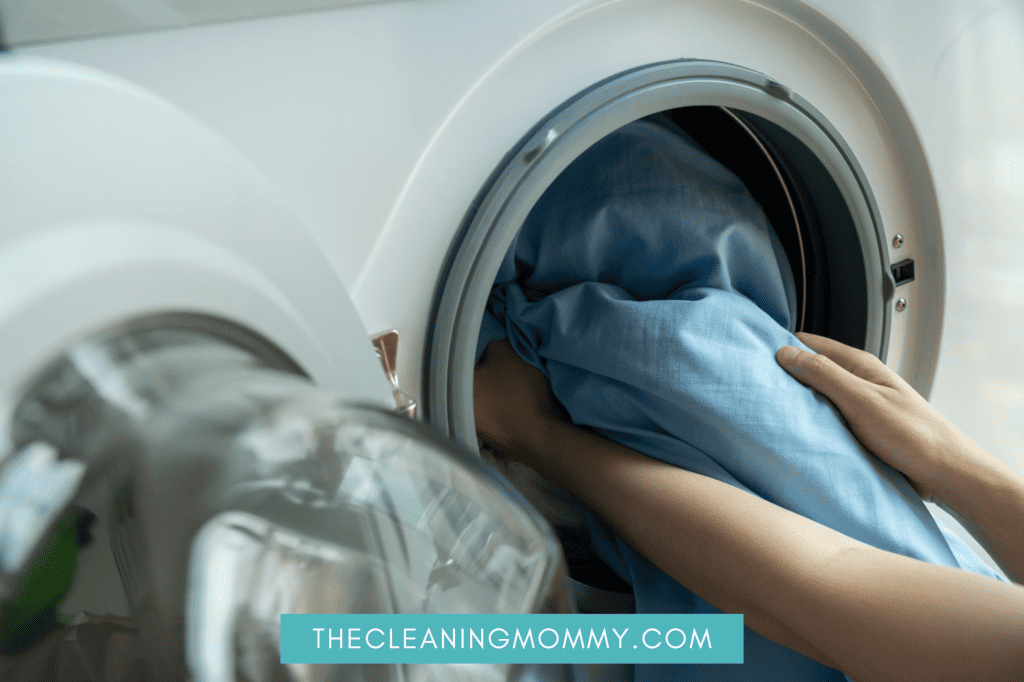
Laundry and Linen Care After Sickness
Using Appropriate Detergent and Temperature
When you or someone in your household is sick, it’s crucial to clean your laundry effectively to prevent the spread of germs. Use a deeper cleaning detergent, a laundry sanitizer, and/or chlorine bleach when washing clothes, sheets, and bed linens. Select the hottest setting on your washing machine to ensure a thorough cleansing, as hot water can help remove bacteria and viruses like norovirus.
Always make sure to consistently vacuum carpets also
Disposing of Contaminated Linens
If you are dealing with someone who has been very ill, you need to do this. If you’re just dealing with someone who has the flu, it’s fine to just wash and put away linens.
It’s best to avoid coming into direct contact with the sick person’s contaminated linens. When handling items like dirty clothes, bed sheets, blankets, and pajamas, use disposable gloves or a plastic bag. Carefully place the contaminated items into a separate hamper or directly into the washing machine. Afterward, properly dispose of the gloves or plastic bag and wash your hands thoroughly.
Replacing Personal Items
Once you have washed and disinfected your infected laundry, consider replacing some personal items. For instance, after the person has recovered from the illness, it may be a good idea to change their toothbrush and washcloths to prevent any lingering germs. Additionally, ensure that you disinfect your washing machine after dealing with infected linens to avoid cross-contamination.
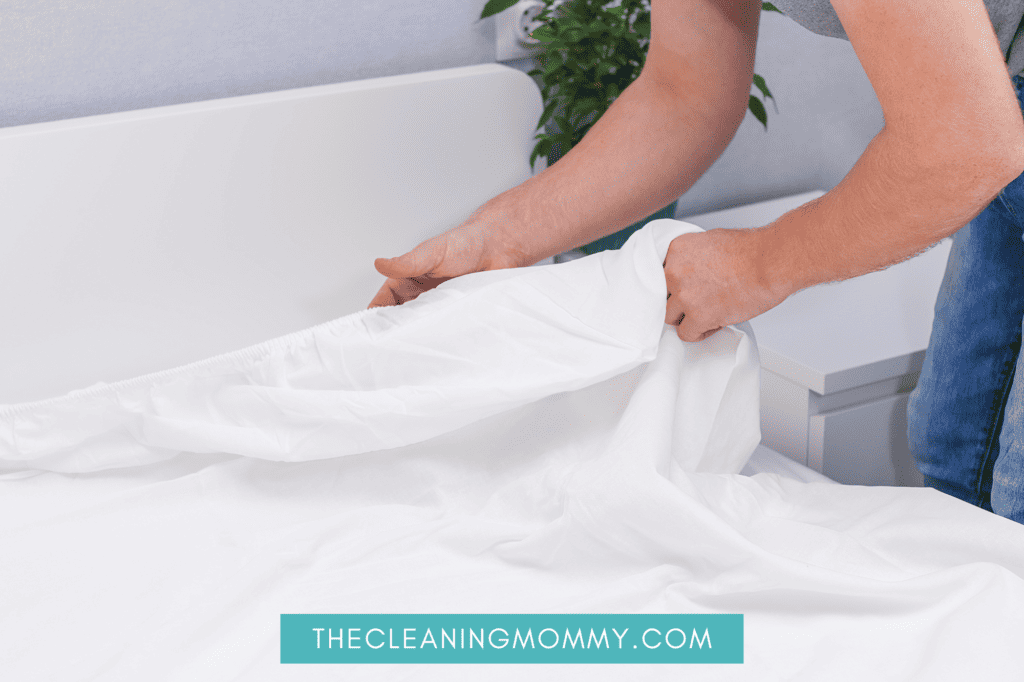
Cleaning Techniques and Products for a Sick-Free Home
Using Soap and Water
One of the simplest and most effective ways to prevent the spread of most germs is using soap and water. Regularly wash your hands, especially after touching surfaces that might be contaminated, such as trash cans or toilet handles. In the kitchen, use a sponge and soapy water to clean dishes, countertops, and utensils, and consider using disposable dishes if someone is sick in your household.
Keep high-trafficked areas like bathrooms and kitchens clean by regularly wiping down hard surfaces with a mixture of soap and water to remove dirt and potential virus particles.
Utilizing Hydrogen Peroxide and Vinegar
Hydrogen peroxide and vinegar can be useful for disinfecting surfaces in your home, particularly when dealing with viruses. These natural alternatives to bleach can help reduce irritation and the risk of spreading germs. Remember that vinegar is great for cleaning but does not effectively disinfect against viruses, so combining it with hydrogen peroxide can provide a more complete sanitizing solution. Apply a mixture of both to surfaces like countertops, floors, and carpets, then let it sit for a few minutes before wiping off to help eliminate viruses and bacteria.
Disinfectant Sprays and Solutions
Disinfectant sprays are convenient and accessible tools for keeping your home sick-free. Use them to regularly clean high-touch surfaces like door handles, keyboards, phones, and keys to ensure you eliminate any lingering germs. Many sprays are powerful enough to eradicate a wide variety of viruses and bacteria, making them an excellent choice for maintaining a clean and healthy living environment.
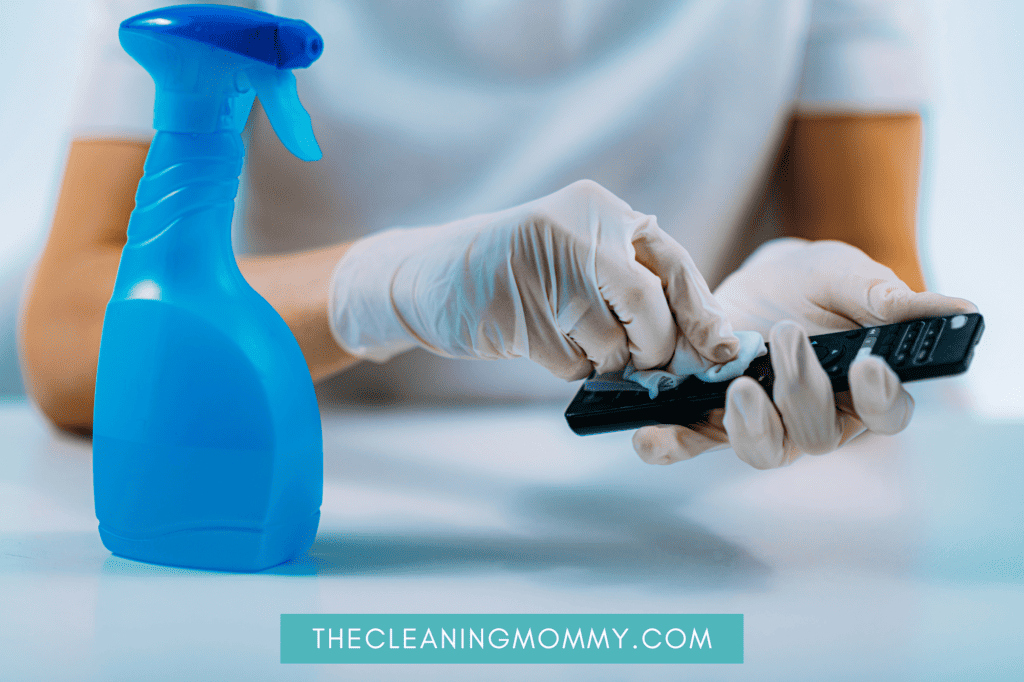
Steam Cleaning
Steam cleaning is an effective way to deep clean your home after being sick, as it can efficiently kill germs on various surfaces, such as carpets, upholstery, and floors. A steam cleaner uses high-temperature steam to break up dirt and eradicate viruses lurking inside your home.
If someone in your household has been throwing up, make sure to use paper towels to clean it up, and then steam clean the area to properly santize it. So steam clean the couch and rugs to avoid contamination.
This chemical-free method is not only environmentally friendly but can also reach areas where traditional cleaning products might not be able to reach, such as porous surfaces and hard-to-reach corners. In addition, steam cleaning can help refresh air quality by killing airborne contaminants, reducing the chance of illness spreading through the air.
Preventing Reinfection and Maintaining a Healthy Environment
Frequent Handwashing
One of the most crucial steps in preventing reinfection and maintaining a healthy environment is to wash your hands frequently, especially after coming into contact with potentially contaminated surfaces. This applies not only to you but also to the sick person in your home. Make sure to wash your hands frequently with soap and plain water for at least 20 seconds before and after handling food, sneezing, coughing, or using the bathroom.
Hand sanitizer is also a useful tool for keeping germs at bay, particularly when you’re on the go or can’t access soap and water. Thankfully we all have bottles of these in our home from the Coronavirus disease. When you have someone in your household sick, it’s a good idea to have one of these in a bathroom, kitchen, living area and bedroom.
Proper Waste Disposal
Dealing with waste materials like tissues, paper towels, and disposable cleaning items requires proper disposal to avoid the spread of infectious diseases. Use a dedicated waste bin for the sick person, and ensure it is lined with a plastic bag.
Dispose of used tissues, face masks, and other contaminated items in this bin. Close the plastic bag securely and dispose of it in an outdoor trash bin to prevent contact with germs. Regularly clean and disinfect the waste bin using products like Lysol.
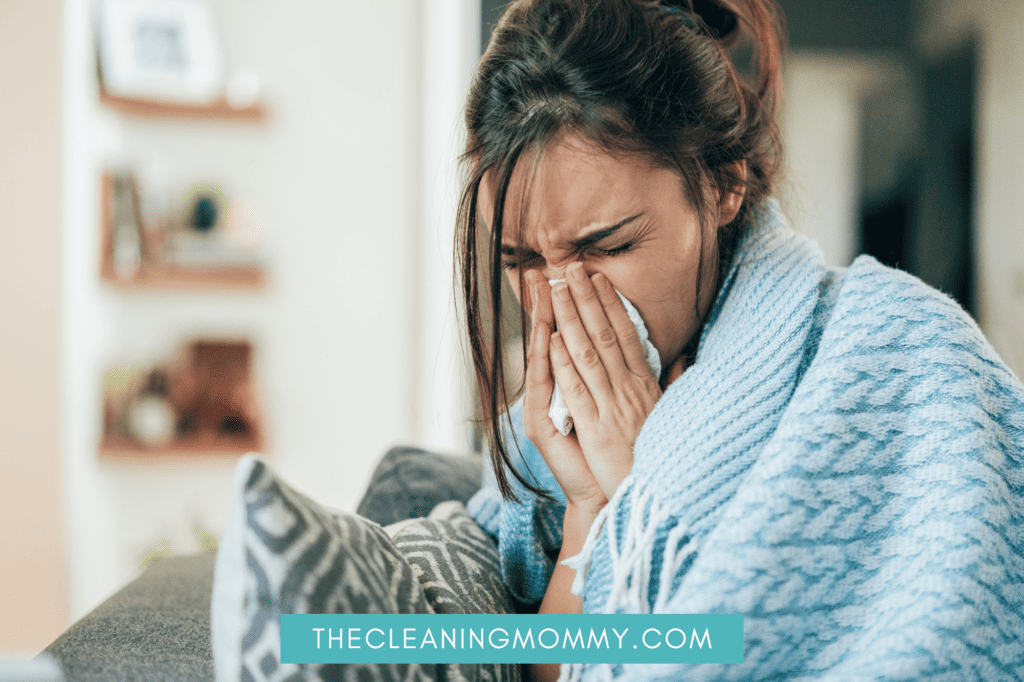
Refreshing Indoor Air
Allowing fresh air into your home can reduce the concentration of airborne germs, including viruses like the cold, flu viruses, stomach bugs, and norovirus. Open windows periodically to let fresh air circulate indoors and improve air quality.
When cleaning, use a microfiber cloth and disinfectant sprays on surfaces like countertops, sink areas, and hard surfaces. Pay attention to high-touch areas like doorknobs, light switches, and remote controls. Upholstery and floors should also be cleaned regularly to minimize the chances of reinfection.
For items that can go in the dishwasher, such as dishes and utensils, use high-heat settings or a sanitizing cycle to further shield against viruses and bacteria.
Clean After Being Sick
When someone in your household has been sick, it’s important that you deep clean your house as you go.
By following these step, you will reduce the risk of spreading sickness or reinfection of and maintain a healthier home environment for yourself and your family members.
More On Cleaning Routines
- How To Clean Your House After Lice
- Amish Cleaning Tips You’ll Want To Adopt
- Move-in Cleaning Checklist For Your “New” Old House
- The best cleaning routine for busy moms
- The right way to clean silicone molds
- How to get rid of nasy bed bugs in your carpet
- How to clean fire extinguisher residue
- How to clean vinyl floors with ground in dirt

Grainne Foley
Grainne Foley is a wife and mother of 2 great kids. During her 5 years of full time RV travel, Grainne learned to become very efficient at household chores, in order to make time for family adventures. Now, back in a house, she has continued to create tools and techniques to help others lighten the load of household organization and cleaning.
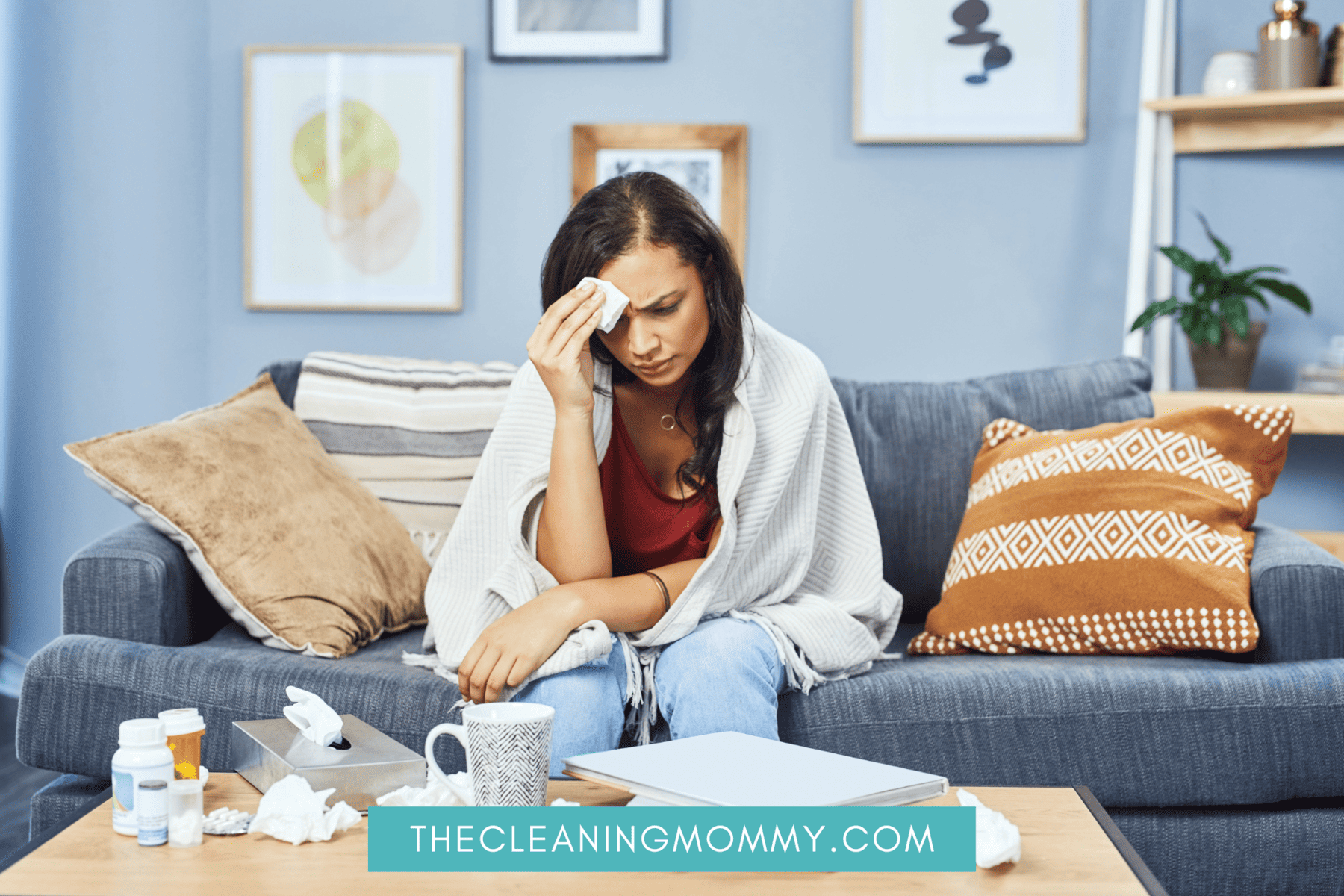
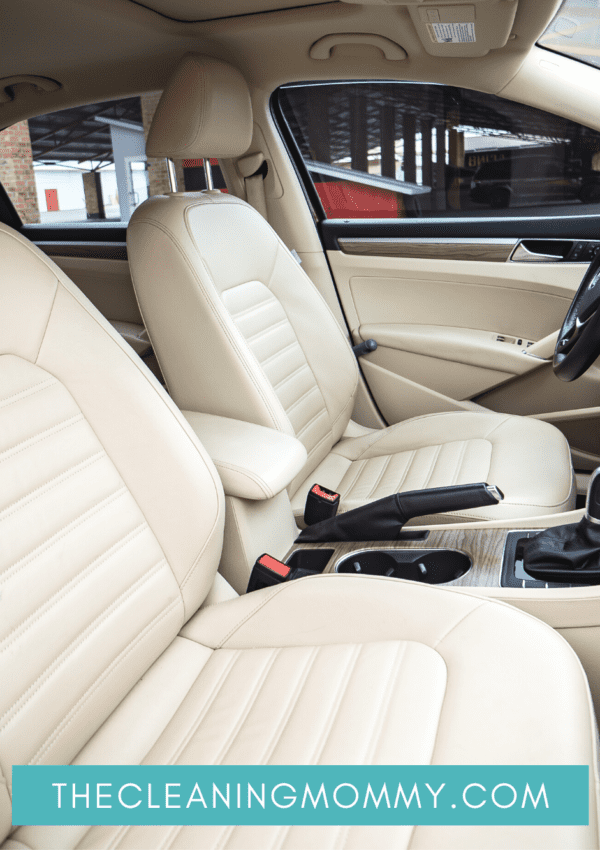
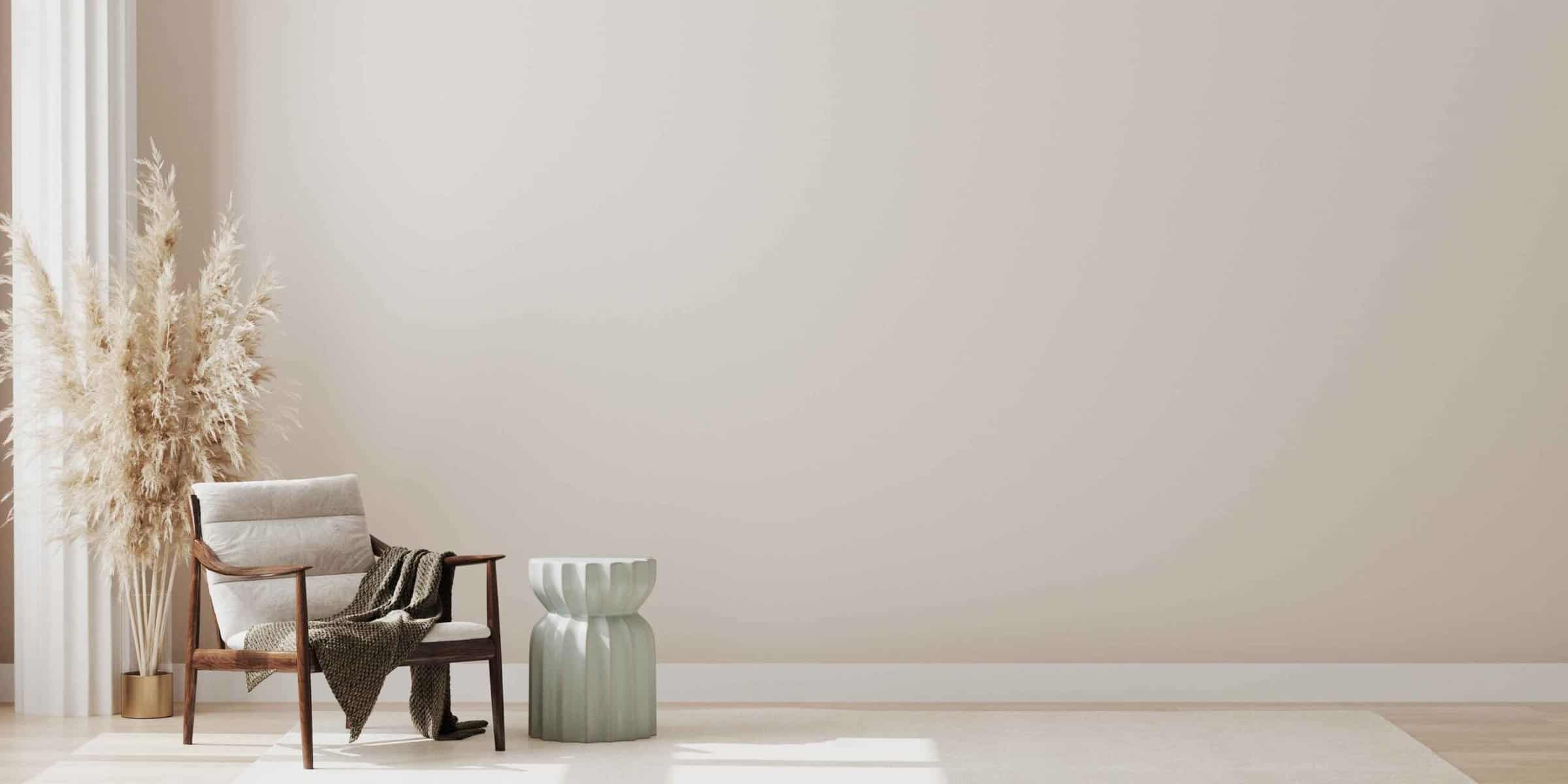
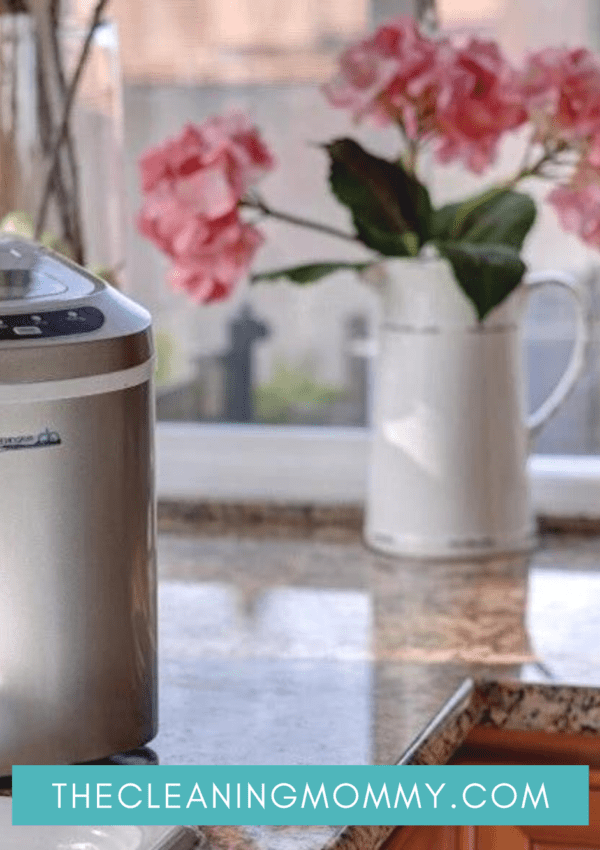
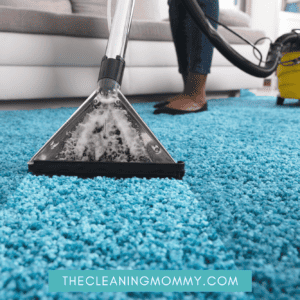
Leave a Reply